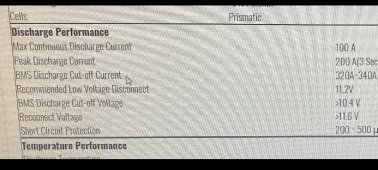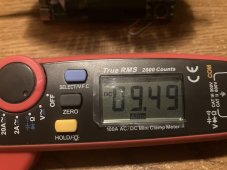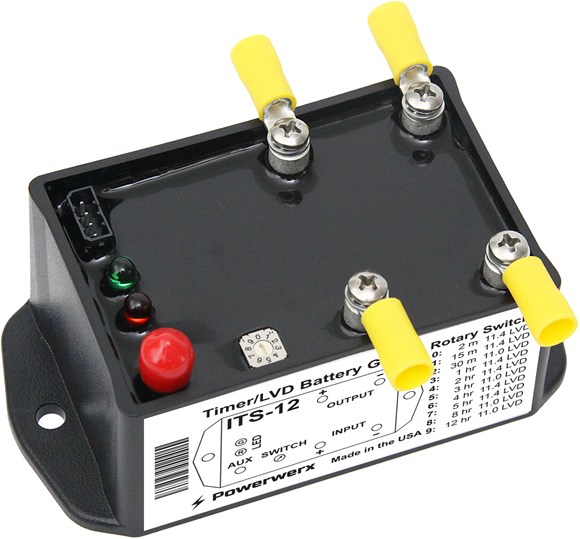@Will Prowse - excellent study! Without derailing the thread since it has been covered elsewhere, in the study, notice the emphasis about overhang (or lack of it) being a problem. I've known this since way back, and is one reason I always feel the need for prismatic cell-compression. I didn't want my cells "breathing" and getting out of overhang alignment. My cylindricals don't have this issue, (because I'm top balanced and not running their shallow-cycling lab test) unless they were made in some junk factory starting out that way.
@snoobler - actually a low current drain is more harmful than a 1C discharge to low voltage. In that situation, LFP recovers (to an extent). Part of the diffusion process. A faux-peukert if you will - at 1C demand, it can't intercalate fast enough. In a low current drain, where there IS plenty of time to intercalate there is no self-recovery, such as it is. Insidious how this can sneak up on you.
In either case, when dropping well down into the knee, recovery is best done with low recharge current until you reach your more comfortable voltage, or in my preferences, to nominal 3.2, maybe 3.1 at least just to be on the safe side after a low-voltage event to ensure that the surface recovery is uniform.
(This is from the old EV school where even if bottom-balanced to low voltage, and things were ok, the recharge process at high current killed many low-voltage cells prematurely.)
For me it is a law of reciprocals - there is not much usable chemical power going well down into the knee (either by design or by accident), therefore it is best to come out of it with little power/charge before applying full charge current.
These issues are all discussed elsewhere, so we'll return to regular programming - but was overjoyed to see Will link to that study!







